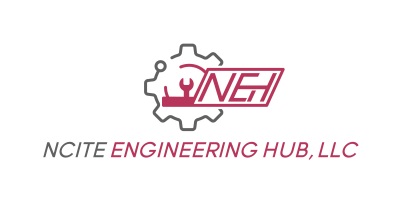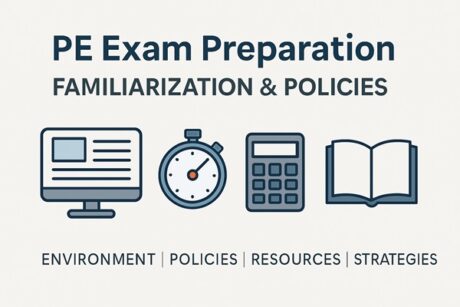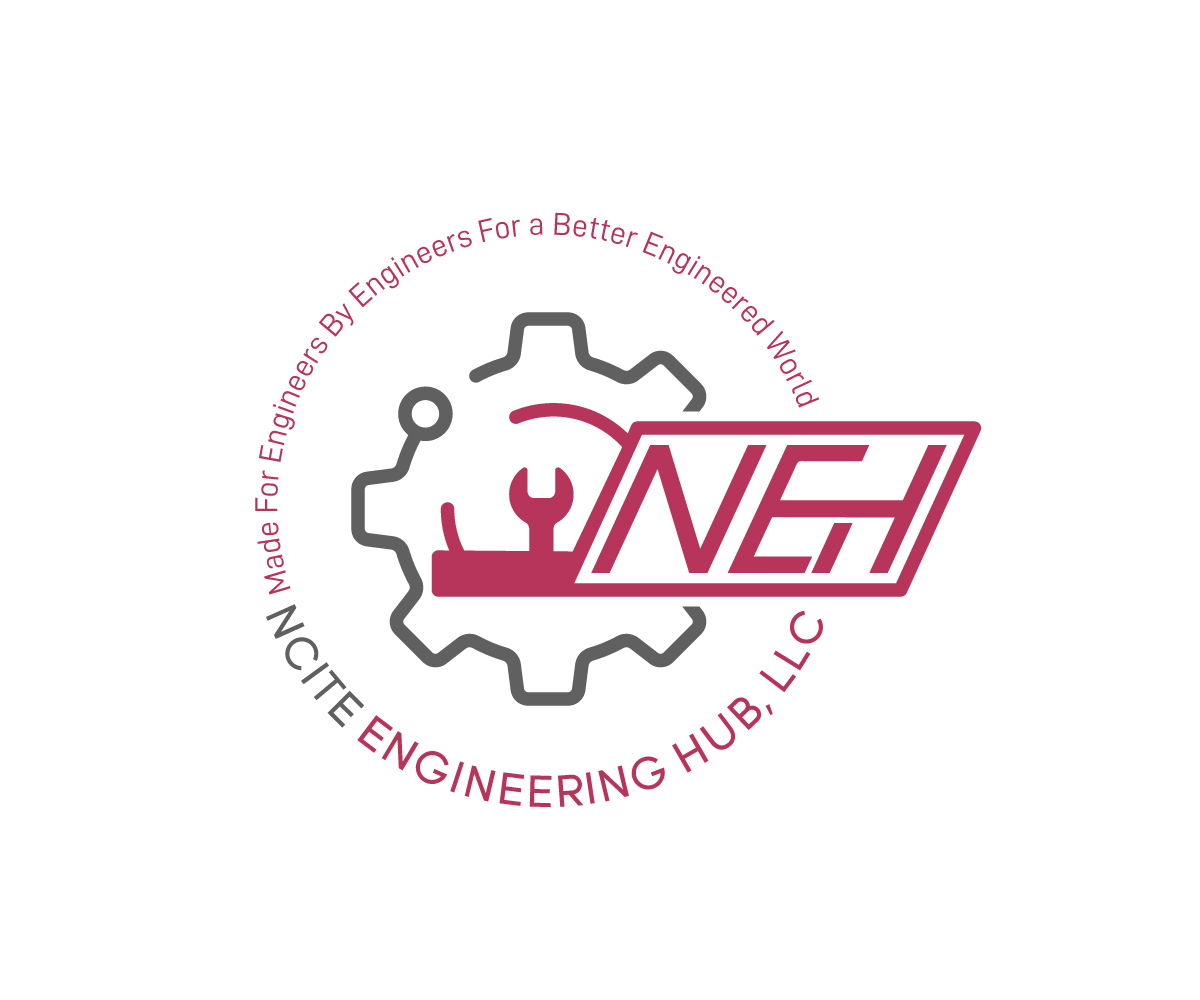- Course No E – 1193
- PDH Units 5.00
No data found for Custom Course Number
No data found for Custom Course Units
- Course No E – 1193
- PDH Units 5.00
Intended Audience: engineers and architects employed by public agencies and private companies as well as those who are self-employed
PDH UNITS: 5
The widespread growth of “design-build” presents ethical issues for engineers and architects. If these issues are not addressed it is likely public reaction to abuses the process invites will result in the loss of design-build as a construction delivery process. The dilemma for the engineer or architect posed by the conflict between the owner’s and general contractor’s interests in the design-build process is discussed, as are the ethical issues that arise when subjective criteria are used to award design-build contracts. This course offers steps that can be taken by individual engineers and engineering societies to resolve these ethical issues while retaining design-build as a construction delivery option. This course will illuminate ethical issues for engineers and architects arising from the design-build process, and will offer proposals for how the design and construction community can resolve these issues while retaining the positive aspects of the design-build process.
Learning Objectives
At the successful conclusion of this course, you’ll be able to identify and discuss:- Introduction
- What is Design-Build ?
- Construction Delivery and Construction Procurement Processes
- Subjective and Objective Criteria for Construction Procurement
- Ethical Issues
- Resolving the Ethical Issues
- The Road Forward
Course Reviews
3.5
- 5 stars0
- 4 stars1
- 3 stars1
- 2 stars0
- 1 stars0
Once completed, your order and certificate of completion will be available in your profile when you’re logged in to the site.











As one who has over 25 years experience with construction procurement, I must say that this presenters attitude toward best value is misinformed at best. Design-Bid-Build, using the lowest bidder, has the issue of the lowest offer low-balling the price so that they can get the project and make up costs by submitting multiple claims. These contractors can also squeeze their subcontractors into accepting lower payments that agreed upon. Best Value Trade Off and Lowest Price Technical Acceptable are means that can overcome these issues if used properly. BVTO allows for some trade offs in the selection process so that the owner can gain some desirable feature of an offerors technical proposal at a higher cost. This is important on large scale projects. Projects that are more repetitive in nature can use LPTA as a trade off is not needed or desired. I have seen both work to great success. His solutions are fine, and have merit. I would like to see how they have been used on previous projects. But I think his beliefs cloud his views of other acceptable methods.
Questions not all covevred in handout